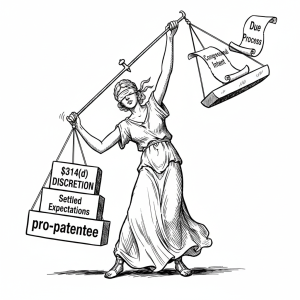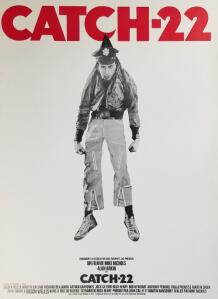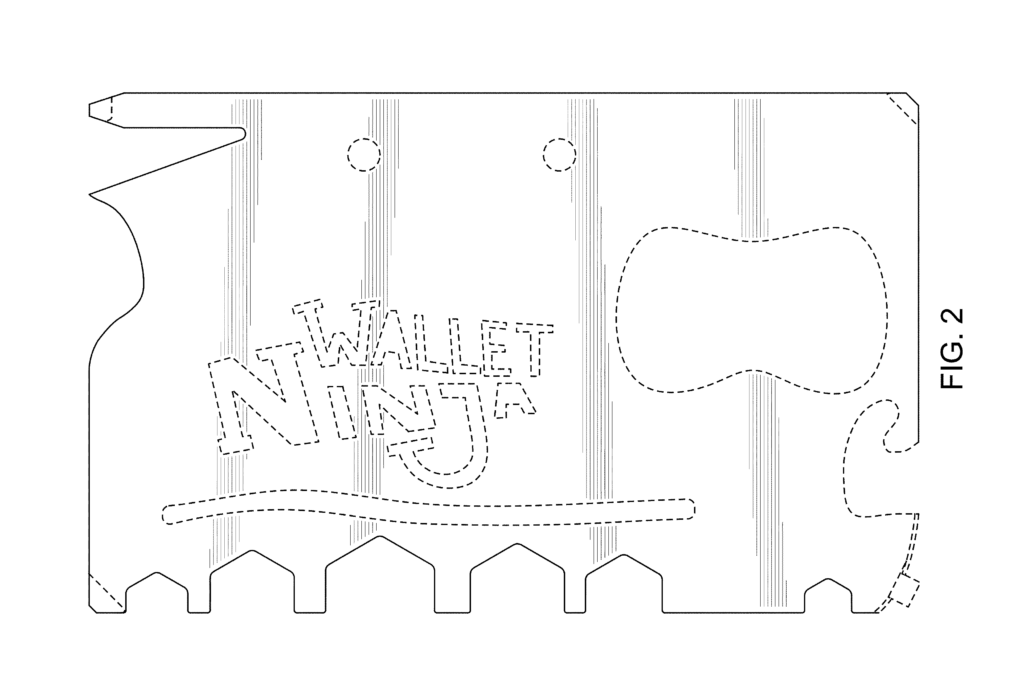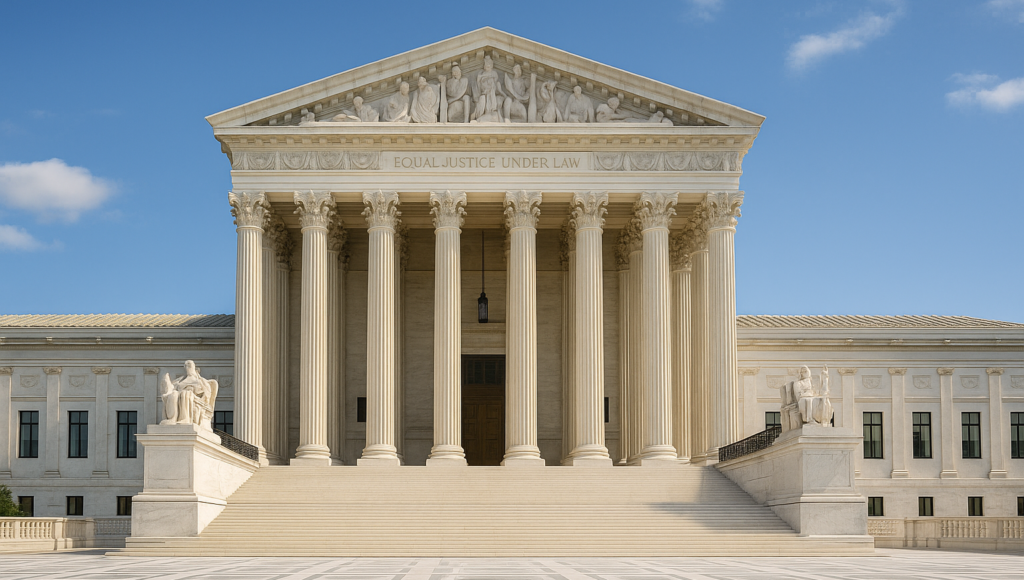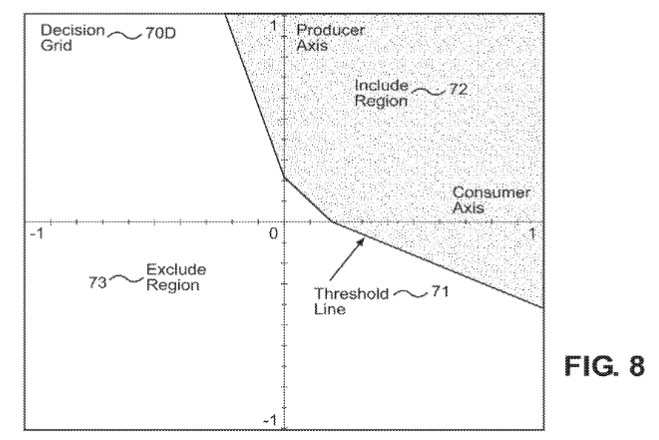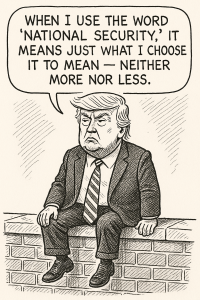by Dennis Crouch
The Federal Circuit reversed a Texas jury’s $166 million infringement verdict in Finesse Wireless LLC v. AT&T Mobility LLC, 24-1039 (Fed. Cir. Sept. 24, 2025), holding that the patentee’s contradictory and unclear expert testimony could not support the Jury’s finding of patent infringement. The case is centered on Finesse’s U.S. Patent Nos. 7,346,134 and 9,548,775, which relate to methods of reducing “intermodulation interference” in wireless communications.
Chief Judge Moore, writing for a unanimous panel, emphasized that when a patentee’s infringement case rests on “self-contradictory testimony” from its expert, courts “may conclude the evidence is insufficient” to satisfy the burden of proof. But in this case, the panel didn’t just note the possibility of insufficient evidence – it actually applied the rule against the patentee. After analyzing Dr. Wells’s contradictions, the opinion held: “This sort of confusing change of course is not sufficient to support the jury verdict.”
This decision underscores the Federal Circuit’s escalating demands on expert testimony in patent cases. It shows up at two levels: (1) parties must marshal “their” experts to walk the jury through virtually every technical or patent‐law issue; and (2) the expert’s testimony must be internally consistent, tightly tied to the record, and conveyed with particularized precision. I’ve written on this new hurdle that is typically focused on patentee-presentations. See Federal Circuit Tightens Expert Testimony Standards in Trudell, Patently-O (Feb. 2025); Throwing Out the Jury: How the Federal Circuit’s ‘Particularized Testimony’ Rule Further Threatens the Doctrine of Equivalents, Patently-O, (May 2025); Wilco v. Weeks Marine: When Expert Disagreements Don’t Create Genuine Disputes of Material Fact, Patently-O (Aug. 2025); and The Remedies Remedy is Almost Complete: EcoFactor v. Google, Patently-O (May 2025). (more…)
